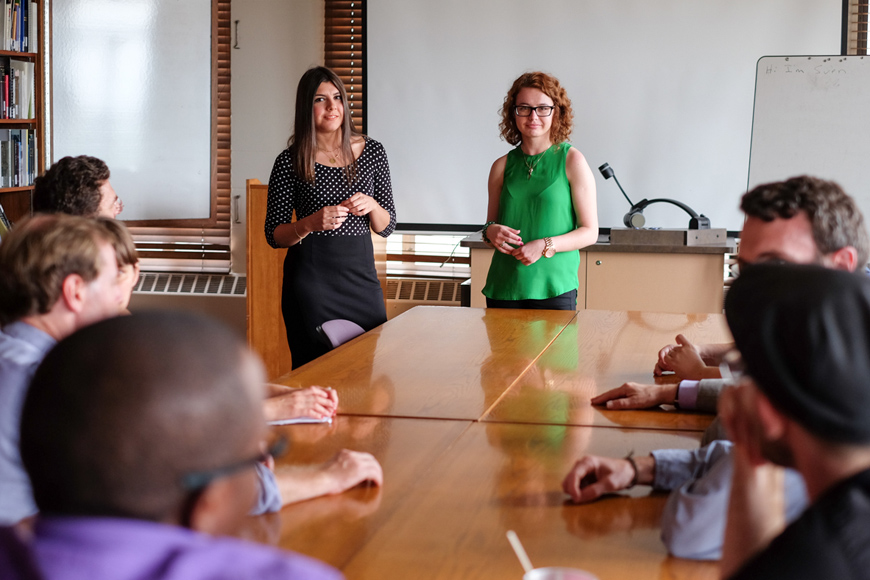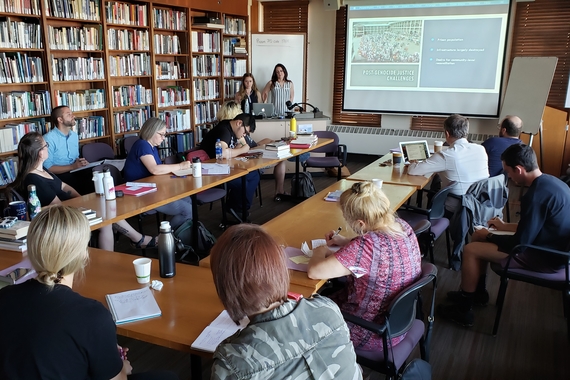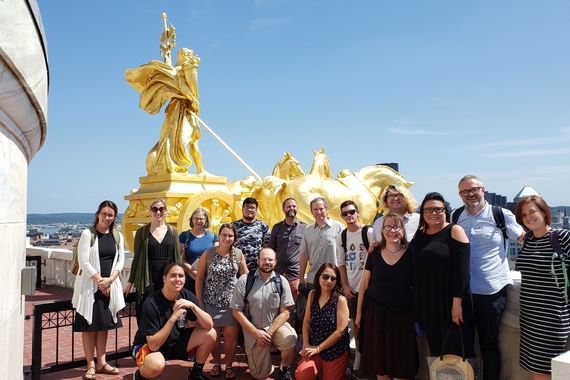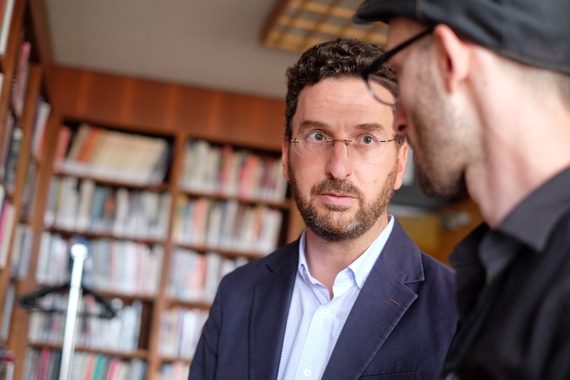Educator Resources & Opportunities

Since our founding in 1997, supporting educators with training and resources related to the Holocaust and genocide has been a cornerstone of our mission. We want to ensure you have reputable materials to teach about these difficult topics in your classroom. Together, we can instill the virtues of democracy and justice, and preserve for subsequent generations the memory of those who have fallen victim to genocide.
We work with educators in three ways: by providing resources, hosting workshops, and by providing classroom support with our graduate students.
Our resources are an excellent starting point, whether you’re teaching about a topic for the first time or you’re looking to refresh an existing lesson plan. If you’re looking for more instruction, our workshops will equip you with the skills and knowledge to discuss topics related to mass violence. We can also connect you with qualified and knowledgable graduate students to assist with classroom lectures or lesson plan development through our Genocide Education Outreach (GEO) program.
We also send a regular newsletter for educators, sharing upcoming workshops, new resources, and more. Join our education mailing list.

We curate a range of resources that will assist with your classroom instruction.

Each year, our summer institute connects teachers with leading research from faculty and graduate students from the University of Minnesota.

GEO connects you with graduate students who can help you create engaging lesson plans in your classroom.